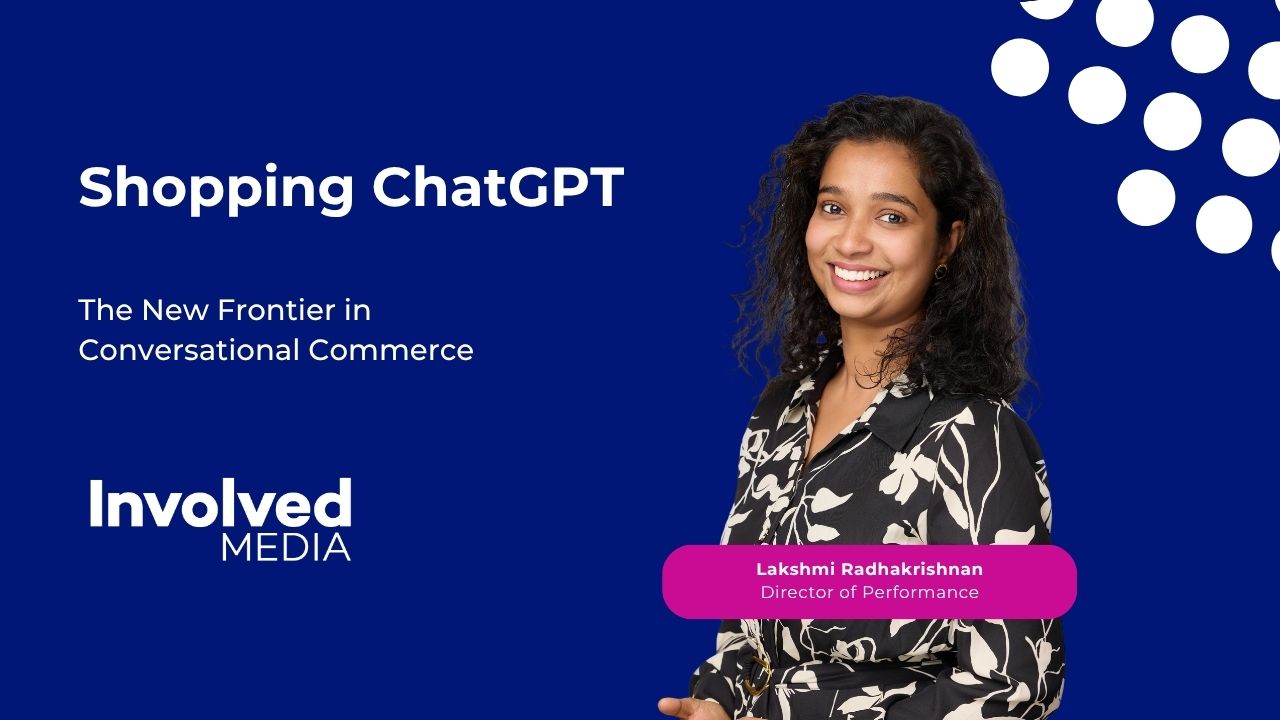For brand marketers and media buyers, this could be a retail disruption. It challenges traditional media strategies, reshapes the search landscape, and redefines what digital shelf visibility looks like.
What Is Shopping ChatGPT?
At its core, Shopping ChatGPT lets users ask for product recommendations and receive curated, shoppable results—complete with images, specs, prices, reviews, and retailer links.
Unlike traditional search or retail platforms, these suggestions are:
- Independent: No paid placements or affiliate influence—yet.
- Conversational: Tailored through natural-language queries and real-time dialogue.
- Contextualized: Based on user preferences, data reviews, and intent signals.
You can ask, “What’s a good humidifier under $100 for a small apartment?”, and it responds with personalized product options and rationale—eliminating the need for 10 tabs and a spreadsheet.

Implications for the Media Ecosystem – A Challenge to Traditional Search & Retail Media
With over 1 billion weekly queries on ChatGPT, even a slight shift in product search behavior could impact digital media plans. This interface offers:
- Conversational discovery — intuitive product exploration based on needs.
- Frictionless research — AI-summarized specs, reviews, and comparisons in one place.
- Personalized recall — ChatGPT remembers past preferences and refines future suggestions.
Since it currently doesn’t allow paid ads, media teams must prepare for visibility strategies outside traditional bidding models.
Brand Strategy Gets Rewritten
This new shopping model levels the playing field—especially for CPG, fashion, tech, and beauty sectors. Visibility can no longer be bought in this environment. It must be earned. That means:
- Optimizing structured data — include schema markup and clean metadata.
- Elevating review quality — authentic, detailed reviews may influence AI prioritization.
- Strengthening content presence — product descriptions, social buzz, and FAQ content need to align with conversational queries.
In this digital shelf, relevance and trust outweigh ad spend.
Retail Strategy and Cross-Platform Planning
While ChatGPT doesn’t fulfill transactions, it does redirect users to purchase—often showing multiple retailers side-by-side. That has several implications:
- Retailers must ensure pricing accuracy, fulfillment readiness, and consistent messaging across all endpoints.
- Brands should expect growing transparency in delivery, stock levels, and customer satisfaction metrics.
- Omnichannel strategies must factor in the possibility of AI-native checkouts or integrations in the near future.
This also presents a unique opportunity for DTC brands to appear alongside major players—if their digital footprint is strong enough.
What Marketers Should Do Next
1. Optimize for AI Discovery
- Apply schema markup and structured data.
- Keep product content updated across retailers and DTC platforms.
2. Build Social Proof & Performance Content
- Actively encourage genuine reviews and testimonials.
- Monitor and respond to feedback that may shape future AI responses.
- Create helpful content (product comparisons, guides, FAQs).
- Shift content from salesy to solution-oriented, make it conversational.
3. Audit AI Visibility
- Ask ChatGPT product-related queries in your category.
- Analyze which brands get mentioned and why.
4. Stay Nimble
- Monitor potential ad formats or integrations within ChatGPT.
- Plan for a multi-AI world as Meta, Amazon, and Google build their own assistants.
Shopping ChatGPT is not just a technical milestone—it’s a signal: Consumer journeys are moving toward AI-curated, trust-based, conversational commerce.
The brands that win will be those who stay relevant, not just visible. This is your cue to move from optimizing for impressions to optimizing for conversations.
Let’s not resist the change or wait for disruptions. Own it, Adapt – and Win the space !


